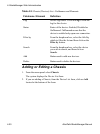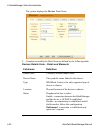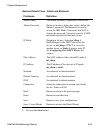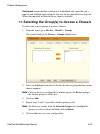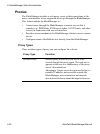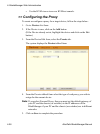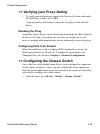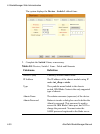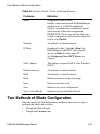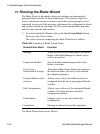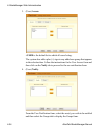
Chassis Management
AlterPath BladeManager Manual 4-27
Warning: When you assign Forward Proxy Using ARP or Forward Proxy
without ARP, all ports of the proxied device are reachable from
the workstation from which the user is logged in. It is important
that all console ports are configured with an authentication type
other than None.
The constraints that are set for all proxies rely on IP addresses only. Any user
from a workstation where there is another user logged into the E2000 will
have access (as long as the device does not require authentication) to all
devices that are being proxied for that user.
Warning: Reverse Proxy does NOT work with Java applets and Active X
applications. Consequently, the E2000 web interface cannot
support the following connections:
• Remote access to the IBM Blade devices.
Forward Proxy A forward proxy acts as a gateway for a client’s
browser, sending HTTP requests on the client’s
behalf to the Internet. The proxy protects your
inside network by hiding the client’s actual IP
address and using its own instead. When the
outside HTTP server receives the request, it sees
the request or address as originating from the
proxy server, not from the actual client. This type
of proxy requires the proxy to be either
configured as the default gateway for the client or
for the client to send requests for the proxies
servers via the proxy. The latter can be achieved
by allowing the proxy to also act as an ARP
proxy.
Forward Proxy with
Proxy ARP
Proxy ARP is the technique in which one host
answers ARP requests intended for another
machine. By "faking" its identity, the router
accepts responsibility for routing packets to the
"real" destination. Proxy ARP can help machines
on a subnet reach remote subnets without
configuring routing or a default gateway.
Proxy Type Function




